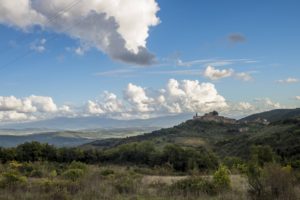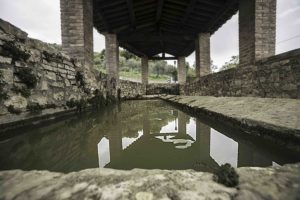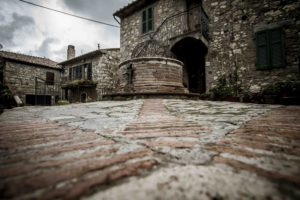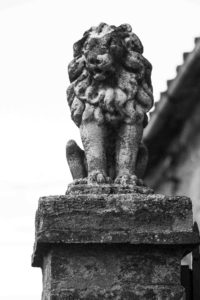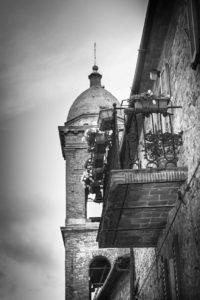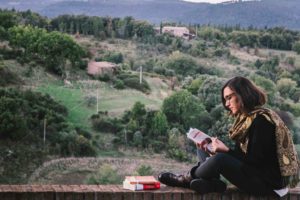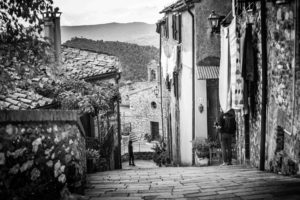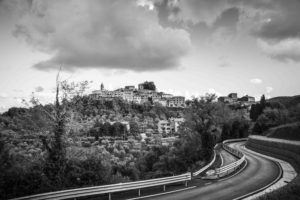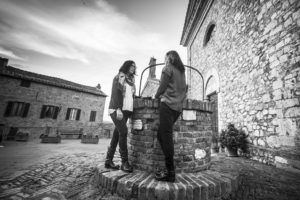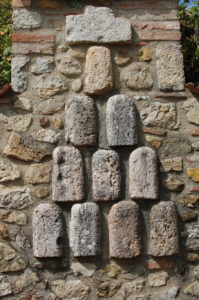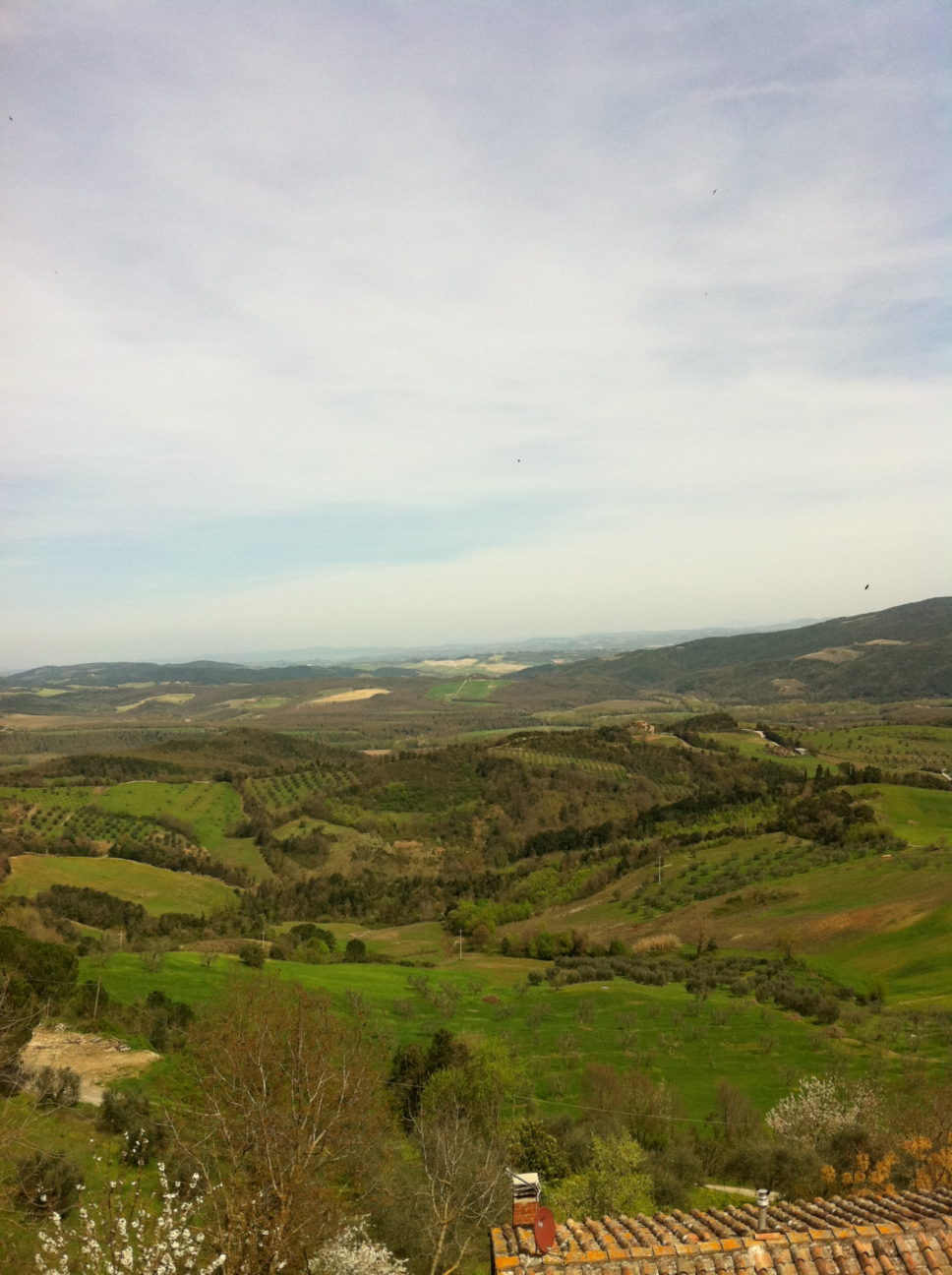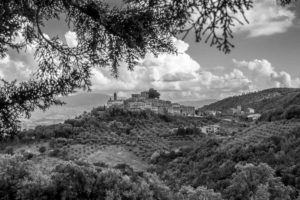Pari
Pari
To visit Pari is to enter the life of a richly knit and welcoming community. This quiet, secluded village provides an ideal container in which to pause and think about the future, and the values, meaning and direction of contemporary society. Pari is a true vessel for transformation that allows people to experience a connected and sustainable way of living that is essential if we are to move towards a future that allows us to live happy and fulfilling lives in harmony with nature and each other.
We believe it is important to preserve the collective wisdom inherent in Pari’s history, lifestyle and traditions. By locating the Networks in Pari we invite people from all over the world to come here and enter into the life of the village and in doing so we ensure that our activities, philosophy and vision are deeply entwined with the life and future of the village itself.
Until about twenty years ago Pari was considered a dying community. Now there is a feeling of renewed energy and invigoration—a mini renaissance is taking place. Younger people are beginning to work the land, raising cattle and producing honey and saffron as well as the traditional wine and olive oil. There is a small international group of writers, filmmakers and entrepreneurs who gather nightly at the bar. Two art galleries have opened to host exhibitions and concerts. A second restaurant has opened. And the Pari Center for New Learning, the Pari Networks, and Pari Publishing are all located here.
Pari is located 40 km south of Siena. Built on a hilltop surrounded by olive groves, vineyards and the heavily wooded countryside of the Maremma region of Tuscany, the 1000-year old village remains in a remarkable state of preservation. The immediate countryside is home to wild boar, deer, pheasant and numerous species of plants, animals and birds. The traditional farming methods of Pari’s inhabitants also remind us of the importance of ecological considerations in a world that has become increasingly obsessed with progress and consumerism.
The land around Pari has been occupied for well over 2000 years. The Etruscans made use of the curative properties of the sulfur hot springs located below the village. A thousand years ago Pari became a walled town housing several hundred people. For centuries daily life was based on small-scale farming, self-sufficiency and the barter and exchange system of goods and services. Then, starting in the 1950s, the population began to dwindle from 1500 to its present 150.
